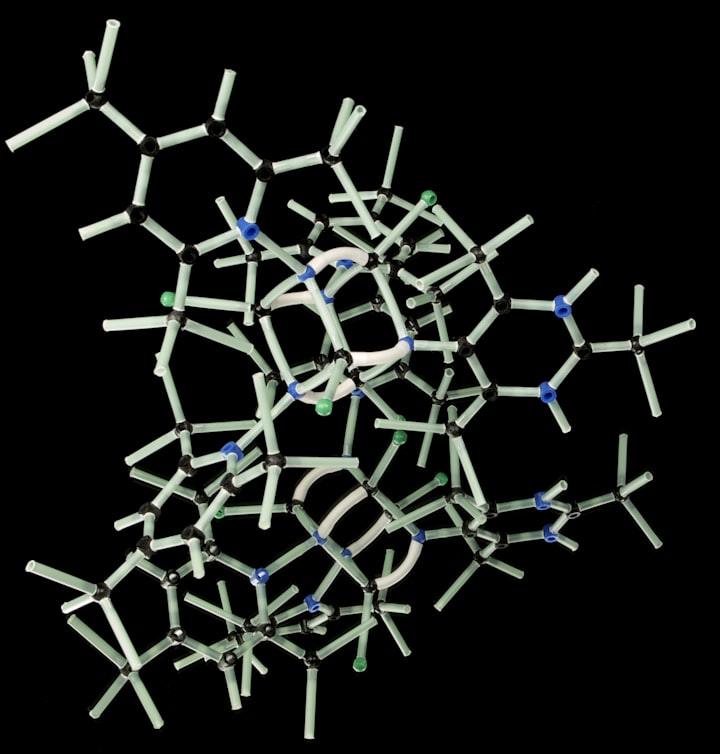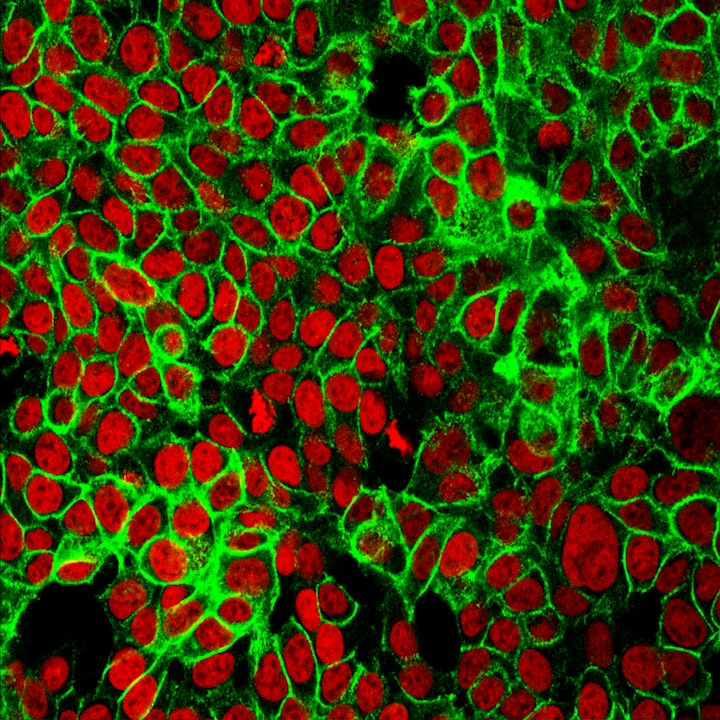Why do fan blades attract so much dust?
Discover why fan blades accumulate dust due to static electricity and particle behavior, explained through fluid dynamics and boundary layer.

In everyday life, it's common to notice a thick layer of dust on fan blades, be it a small computer fan or a larger desk fan.
Despite the fast flowing air around the blades, dust seems to settle on them with ease.
Let's delve into the scientific underpinnings of this phenomenon. ## Viscosity and Boundary Layer Air is inherently viscous, leading to the formation of a boundary layer on surfaces it interacts with.
This layer creates a nearly stationary film of air adjacent to the fan blades, where dust particles get trapped as they settle. ## The Dust Collecting Nature Dust is adept at, well, collecting more dust.
Each particle that settles acts as a magnet for new ones.
As a result, the layer of stuck dust compounds over time, creating the visible buildup we often observe. ## The Impact of Air Movement Fans are designed to move air efficiently, resulting in a higher dust accumulation on the blades.
Static electricity further exacerbates the issue, as it can attract dust particles to the blades.
Understanding these factors sheds light on why fan blades seem to gather such a copious amount of dust.






